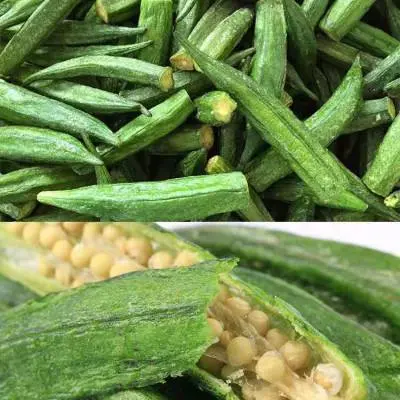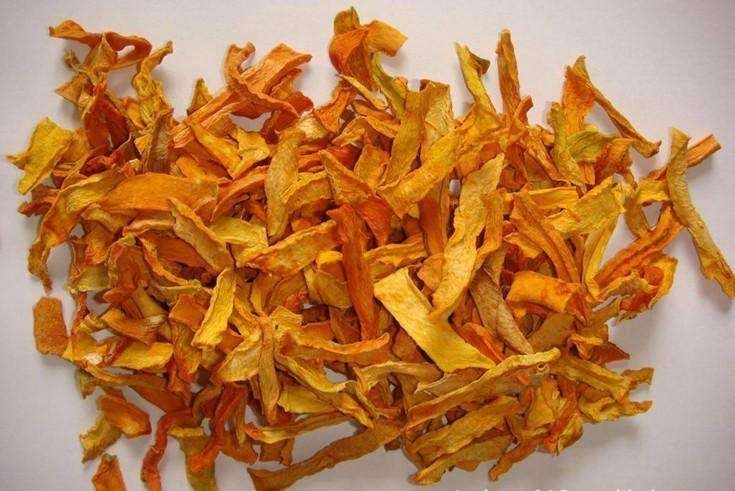
Are you tired of watching your fresh vegetables wilt away in the back of your fridge before you have a chance to use them? Do you wish there was a way to make your produce last longer without sacrificing its flavor and nutritional value? Look no further than a vegetable dryer machine!
These innovative appliances are a game-changer when it comes to preserving your favorite fruits and vegetables. Not only do they help reduce food waste, but they also allow you to enjoy your garden harvest or farmer's market finds long after their season has passed. In this guide, we will explore the benefits of using a vegetable dryer machine, how to choose the right vegetable dryer machine for your needs, and tips for getting the best results.
Benefits of Using a Vegetable Dryer Machine
When it comes to preserving vegetables, a vegetable dryer machine offers several key advantages. One of the most significant benefits is that it helps retain the nutrients and flavors of your produce. Unlike traditional drying methods that can leach out essential vitamins and minerals, a vegetable dryer machine uses gentle heat to remove moisture while keeping the nutritional content intact.
Another major advantage of using a vegetable dryer machine is that it helps minimize food waste. By extending the shelf life of your vegetables through drying, you can reduce the amount of produce that goes unused and ends up in the compost bin. This not only saves you money but also contributes to a more sustainable kitchen.
Furthermore, vegetable dryer machines are incredibly convenient to use. They require minimal effort on your part and can save you time and energy compared to other preservation methods. Simply load up the machine with your prepared vegetables, set the desired temperature and time, and let the appliance do the rest of the work for you.

How to Choose the Right Vegetable Dryer Machine
When selecting a vegetable dryer machine, there are a few key factors to keep in mind. First and foremost, consider the capacity of the machine. Think about the quantity and size of vegetables you typically want to dry to ensure that the appliance can accommodate your needs.
Next, consider the type of drying method that best suits your preferences. Vegetable dryer machines utilize various techniques such as air drying, freeze drying, or dehydrating. Research each method to determine which one aligns with your desired outcomes and the types of vegetables you plan to preserve.
Energy efficiency is another crucial factor to consider when choosing a vegetable dryer machine. Look for appliances that are designed to be energy-efficient to help reduce electricity costs and minimize your environmental impact during the drying process.
Steps for Using a Vegetable Dryer Machine
Using a vegetable dryer machine is a straightforward process that can easily be integrated into your routine. Start by preparing your vegetables for drying by washing, chopping, and blanching them as needed. This step helps ensure that the vegetables dry evenly and maintain their quality.
Once your vegetables are prepped, load them into the vegetable dryer machine according to the manufacturer's instructions. Be sure to space them out evenly on the trays to allow for proper air circulation during the drying process.
Set the temperature and time on the machine based on the type of vegetables you are drying. Different vegetables require varying drying times and temperatures, so refer to the recommended guidelines provided by the appliance or consult a reputable source for accurate information.
Throughout the drying process, monitor the progress of your vegetables and check for readiness regularly. Depending on the moisture content of the vegetables and the ambient humidity, the drying time may vary. It's essential to keep an eye on the vegetables to ensure they are dried to the appropriate level.

Tips for Getting the Best Results
To achieve the best results when using a vegetable dryer machine, consider the following tips:
Rotate the trays: To promote even drying, rotate the trays in the machine periodically. This helps ensure that all the vegetables dry at a consistent rate and prevent some pieces from becoming over-dried while others remain moist.
Check on the progress: While the machine is doing its job, periodically check on the progress of the vegetables. This allows you to make any necessary adjustments to the temperature or time settings if needed and ensure that the vegetables are drying properly.
Store correctly: Once the vegetables are dried to your desired level, transfer them to airtight containers and store them in a cool, dark place. Proper storage helps maintain the quality of the dried vegetables and extends their shelf life.
Recipes and Uses for Dried Vegetables
Dried vegetables are incredibly versatile and can be used in a wide range of dishes to add flavor, texture, and nutrition. Consider incorporating dried vegetables into soups, stews, pasta dishes, and casseroles for an added boost of flavor and nutrients.
Another creative way to use dried vegetables is to create your homemade vegetable bouillon or seasoning blends. By blending together dried vegetables with herbs and spices, you can create a flavorful seasoning mix to enhance the taste of your favorite dishes.
When using dried vegetables, it's essential to rehydrate them properly before adding them to your recipes. Simply soak the dried vegetables in water or broth for a few minutes to soften them and allow them to reabsorb moisture before incorporating them into your dishes.
Conclusion
Embrace the power of a vegetable dryer machine to revolutionize your kitchen and take your food preservation to the next level. By investing in a quality appliance, you can enjoy the benefits of extended shelf life, retained nutrients, and reduced food waste. Follow the tips and techniques outlined in this guide to make the most of your vegetable dryer machine and explore the endless possibilities of dried vegetables in your cooking repertoire. Happy drying!




















